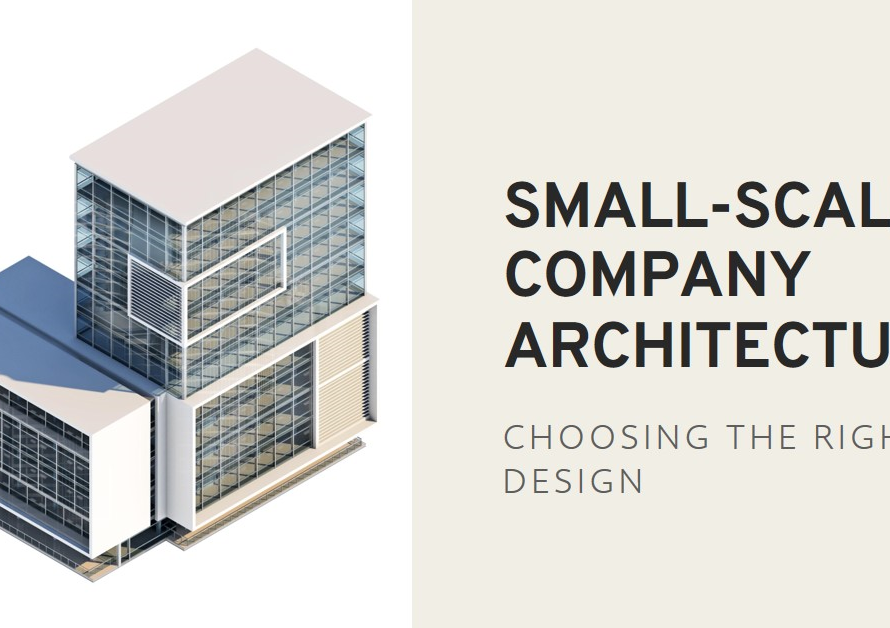
Table of Contents
- Introduction:
- Understanding the Essence of Environmental Design
- Assessing Your Career Goals
- Evaluating Program Curriculum and Faculty
- Considering Location and Campus Resources
- Exploring Internship and Research Opportunities
- Financial Considerations and Scholarships
- Alumni Network and Career Services
- Accreditation and Program Reputation
- Making the Final Decision
Introduction:
Embarking on the journey to pursue a Master’s degree in Environmental Design is a monumental decision that can shape your career and impact the world. With numerous programs available, it is essential to carefully evaluate your options and make an informed choice. This comprehensive guide will walk you through the critical factors to consider when selecting a Master’s program in Environmental Design, ensuring you make a decision that aligns with your career goals and personal aspirations.
Understanding the Essence of Environmental Design
Environmental design is a multifaceted discipline that blends architecture, urban planning, landscape architecture, and environmental science. It focuses on creating sustainable, aesthetically pleasing, and functional spaces that enhance the quality of life while minimizing environmental impact. As our world faces increasing environmental challenges, the role of environmental designers becomes ever more crucial in fostering a sustainable future.
Choosing to specialize in this field means committing to a career dedicated to solving complex environmental issues through innovative design solutions. Therefore, understanding the core principles and objectives of environmental design is paramount before delving into the specifics of various Master’s programs.
Assessing Your Career Goals
Before selecting a Master’s program, it’s essential to have a clear understanding of your career goals. Do you aspire to work in urban planning, landscape architecture, or sustainable architecture? Are you passionate about research and innovation, or do you envision yourself in a hands-on design role?
Reflecting on these questions will help you identify programs that offer specializations aligned with your interests. Additionally, consider the long-term impact of your chosen field. For instance, urban planners and landscape architects play pivotal roles in shaping sustainable cities, while sustainable architects focus on designing eco-friendly buildings.
Evaluating Program Curriculum and Faculty
The curriculum of a Master’s program is a critical factor to consider. It should offer a comprehensive blend of theoretical knowledge and practical skills. Look for programs that provide courses in sustainable design principles, environmental impact assessment, green building technologies, and urban ecology.
Equally important is the faculty. Renowned professors with extensive experience in the field can provide valuable insights and mentorship. Research the faculty’s background, including their professional accomplishments, research interests, and industry connections. A program led by experts can significantly enhance your learning experience and open doors to networking opportunities.
Considering Location and Campus Resources
The location of the institution can greatly influence your educational experience. Urban settings may offer more opportunities for hands-on projects and internships, while rural campuses might provide a closer connection to nature and environmental studies. Additionally, consider the availability of campus resources such as state-of-the-art design studios, research labs, and libraries.
Proximity to environmental projects and organizations can also be beneficial. Being in a location with a strong emphasis on sustainability can enhance your practical learning and provide opportunities for collaborations and internships with leading firms in the field.
Exploring Internship and Research Opportunities
Practical experience is invaluable in the field of environmental design. When evaluating programs, investigate the availability of internships, research projects, and collaborations with industry partners. These opportunities allow you to apply theoretical knowledge in real-world settings, gain practical skills, and build a professional network.
Many top programs have established partnerships with government agencies, non-profit organizations, and private firms. These collaborations can provide hands-on experience in sustainable design projects, urban planning initiatives, and environmental conservation efforts. Additionally, participating in research projects can deepen your understanding of specific areas of interest and contribute to the advancement of the field.


Financial Considerations and Scholarships
Financing your education is a critical aspect to consider. Tuition fees for Master’s programs in Environmental Design can vary significantly. It’s essential to assess the overall cost, including tuition, living expenses, and additional fees.
Many institutions offer scholarships, grants, and assistantships to help offset costs. Investigate the financial aid options available at each institution. Merit-based scholarships, need-based grants, and research assistantships can significantly reduce the financial burden. Additionally, some programs offer work-study opportunities that allow you to gain experience while earning an income.
Alumni Network and Career Services
A strong alumni network can be a valuable resource during and after your studies. Alumni can provide mentorship, job opportunities, and industry insights. When researching programs, inquire about the strength and engagement of the alumni network.
Career services are another crucial aspect. Effective career services can assist with job placement, resume building, and interview preparation. They can also connect you with potential employers and industry events. A program with robust career services and a supportive alumni network can greatly enhance your post-graduate success.
Accreditation and Program Reputation
Accreditation is an essential factor to ensure the quality and credibility of the program. Accredited programs meet specific academic standards and are recognized by industry professionals. Verify the accreditation status of each program you consider.
Additionally, research the program’s reputation. Rankings, student reviews, and employer feedback can provide insights into the program’s strengths and weaknesses. A well-regarded program with a strong reputation can enhance your resume and increase your employability in the competitive field of environmental design.
Making the Final Decision
After thoroughly evaluating all these factors, it’s time to make your final decision. Create a shortlist of programs that align with your career goals, offer a robust curriculum, and provide ample opportunities for practical experience. Consider visiting the campuses, attending information sessions, and speaking with current students and faculty.
Trust your instincts and choose a program where you feel confident and excited about your future. Remember, selecting the right Master’s program in Environmental Design is a significant step towards a fulfilling and impactful career. With careful consideration and thorough research, you can make an informed choice that sets the foundation for your success in this dynamic and essential field.


